Indoor climbing offers a controlled environment where climbers can develop technique, build strength, and push their limits without the unpredictability of outdoor conditions. Whether you’re a beginner or an experienced climber, understanding the different types of climbing walls, grading systems, and key features will help you progress and enjoy the sport.
This guide will cover:
- Types of indoor climbing walls
- Features and angles of climbing walls
- How climbing grades work
- Tips for getting started
Types of Indoor Climbing Walls
Climbing gyms typically have three main types of indoor climbing walls, each designed for different climbing styles.
1. Top-Rope and Lead Climbing Walls
These walls are designed for sport climbing, where climbers use a harness and rope for protection. They range from vertical to steeply overhanging and use the Yosemite Decimal System (YDS) for grading.
- Top-Rope Climbing: A rope is anchored at the top of the wall, with a belayer managing slack as the climber ascends. This is the most beginner-friendly form of roped climbing.
- Lead Climbing: Climbers clip the rope into protection points as they ascend, requiring more skill, endurance, and confidence.
Many gyms have auto-belays, allowing climbers to top-rope without needing a belay partner. These automated devices retract the rope as you climb and slowly lower you when you fall or finish the route.
2. Bouldering Walls
Bouldering is a style of climbing that involves shorter walls, typically between 10 and 15 feet tall, with thick padded flooring instead of ropes for protection. The problems (routes) tend to be more powerful and technical, requiring strength, balance, and problem-solving skills.
Bouldering is a great way to develop technique and strength quickly since climbers can attempt the same problem multiple times without needing a partner. The V-scale grading system is used to rate bouldering problems, with difficulty increasing as the number rises.
3. Slab Walls
Slab walls are angled less than vertical, meaning they lean away from the climber. Unlike overhanging walls that demand upper-body strength, slab climbing relies on balance, precise foot placements, and efficient body positioning to maintain control. Since holds are often smaller and footholds can be minimal, climbers must focus on weight distribution, smearing (pressing the foot against the wall for friction), and controlled movement rather than relying on grip strength. Slab climbing is an excellent way to develop technique, patience, and trust in your footwork, making it a valuable skill for both beginners and advanced climbers.
4. Bonus: Training and Specialized Walls
Many climbing gyms feature training-specific walls and equipment to help climbers improve strength, endurance, and technique. These may include:
- Campus Boards and Hangboards: Used for finger and upper-body strength training, improving grip endurance and explosive power.
- Adjustable Training Boards (Tension Board, Kilter Board, Moon Board): These are LED-marked climbing walls that can be set at different angles to train specific movements and skills. They are popular among experienced climbers for finger strength and dynamic movement training.
Climbing Wall Angles and Their Impact on Technique
The angle of a climbing wall significantly affects movement and technique. Understanding the differences between slabs, vertical walls, and overhangs will help you adapt your climbing style.
Slab Climbing (Less Than Vertical)
Slab climbing requires balance, technique, and careful foot placement. Since the wall leans away from the climber, less upper body strength is needed, making it a useful terrain for learning technique. Slab routes often involve small footholds and require precise weight distribution.
Vertical Climbing (90 Degrees Perpendicular)
Vertical walls require a combination of footwork and grip strength. Since gravity pulls the climber straight down, the challenge comes from managing body position and using efficient movement to conserve energy.
Overhang Climbing (More Than Vertical)
Overhanging walls demand more upper-body and core strength, as climbers must fight against gravity pulling them away from the wall. Techniques such as heel hooks, toe hooks, and dynamic movement become essential.
Roof Climbing (Parallel to the Ground)
Extreme overhangs, or roof climbs, require advanced techniques to stay on the wall, such as toe and heel hooks, bicycle moves, and compression climbing. These routes are physically demanding and require significant endurance.
How Climbing Grades Work
In the U.S., climbing grades are divided into two systems: the V-grade scale for bouldering and the Yosemite Decimal System (YDS) for roped routes. The reason for having two systems stems from the history of the sport.
For many years, climbing primarily focused on routes, so there was no need for a separate grading system. It wasn’t until the 1980s, when bouldering emerged as its own discipline, that climbers recognized the existing system didn’t accurately reflect the difficulty of shorter, more powerful climbs. As a result, they developed the V-scale specifically for bouldering.
What does this mean in practice? If you see a “5.10b” in a gym and aren’t familiar with climbing grades, it might seem confusing at first. However, as you gain experience, these ratings will start to make more sense.
Climbing grades serve as a general guide to difficulty, but many factors—such as hold size, wall angle, required techniques, and reach—can affect how challenging a climb feels.
Sport Climbing Grades (Yosemite Decimal System - YDS)
Used for top-rope and lead climbing, this system ranges from 5.0 to 5.15, with difficulty increasing as the number rises. After 5.10, the grades are further divided into letters a-d (e.g., 5.10a, 5.10b, etc.), with “a” being the easiest and “d” the hardest. Some gyms also use “+” or “-” instead of letters.
Difficulty Level: Grade
Very Easy (Beginner): 5.0 – 5.4
Easy (First few climbs): 5.5 – 5.7
Intermediate (Regular climbers): 5.8– 5.10
Advanced (Experienced climbers): 5.11 – 5.12
Expert (Very strong climbers) 5.13 – 5.14
Elite (Few climbers worldwide): 5.15+
Bouldering Grades (V-Scale)
Used for shorter, more intense problems, the V-scale starts at VB (Beginner) and currently goes up to V17 (Elite). A “+” or “-“ can indicate whether a problem is on the harder or easier side of a grade.
Difficulty Level: Grade
Very Easy (Beginner): VB
Easy to Intermediate: V0 – V2
Intermediate to Difficult: V3 – V6
Advanced: V7 – V10
Expert: V11 – V13
Elite: V14 – V17
Getting Started with Indoor Climbing
Here are four quick tips to help you feel comfortable during your first climbing sessions.
1. Choose the Right Wall
First-time climbers: Start with top-rope climbing or easy bouldering problems (VB-V1, 5.5-5.7).
Looking to build strength: Try overhanging bouldering problems.
Those working on technique: Focus on slab routes to improve footwork and balance.
2. Learn Basic Gym Etiquette
Wait your turn on bouldering problems.
Avoid stepping on ropes or sitting under climbers.
Use chalk responsibly to avoid excess dust.
Communicate clearly with your belay partner before starting a climb.
3. Warm Up Properly
A proper warm-up reduces injury risk and improves performance. This should include:
Try light stretching and mobility exercises to improve flexibility and prevent injury.
Start with easy climbing to activate your muscles and prepare for more challenging routes.
Incorporate finger and grip exercises to strengthen your hands and enhance your hold on climbing holds.
4. Focus on Consistency and Progression
The best way to improve in climbing is to challenge yourself with different wall angles and climbing styles. Regular climbing, experimenting with new techniques, and gradual difficulty increases will lead to steady progress.
Final Thoughts
Indoor climbing walls provide a variety of challenges, from technical slab routes to steep overhangs that test strength and endurance. Understanding wall types, grading systems, and key climbing techniques will help new climbers progress faster and enjoy the sport more. Whether you’re training for outdoor climbing or simply looking for a fun, full-body workout, indoor climbing offers endless opportunities for growth.
Next Steps
Visit your local climbing gym, rent or buy some climbing shoes, and start exploring different walls and routes. The best way to learn is through experience, and every climb will teach you something new.



